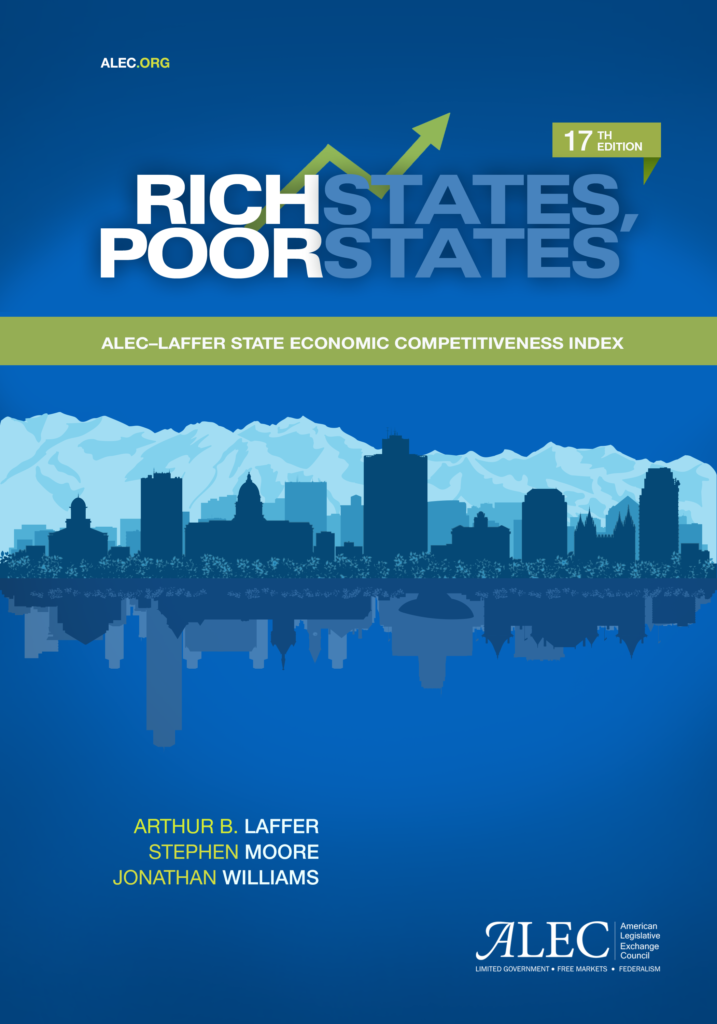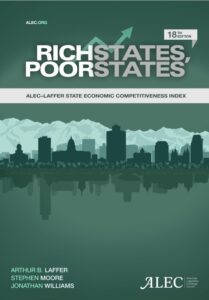
The Land of Lincoln remains on a dangerous fiscal trajectory, according to Unaccountable and Unaffordable 2016: Unfunded Public Pension Liabilities Near $5.6 Trillion, a new report on unfunded public pension liabilities from State Budget Solutions, which is a project of the ALEC Center for State Fiscal Reform. Of the 50 states, only Illinois ranks in the bottom five across all three of the report’s metrics of pension health, with a dismal 23.77 percent funding ratio, $362.6 billion in total amount of unfunded liabilities and $28,200 of unfunded liabilities per capita.
According to the Illinois Policy Institute, the top pensioner in the State Universities Retirement System contributed approximately $770,000, with an expected total lifetime benefit payout of nearly $18 million. Most state workers only pay about 4 to 8 percent of what they receive in retirement benefits – and when investment returns invariably fail to make up the difference, state taxpayers are left holding the bag.
One problem identified by Unaccountable and Unaffordable is state governments’ continued reliance on overly rosy projected returns. Talk is cheap, but Illinois residents know that having one of the highest overall tax burdens in the nation is not. Steep property taxes were further increased in 2015 and 2016, and more recently the Chicago City Council approved a water and sewer tax to help cover pension debt.
When the media is overwhelmingly focused on national politics, it is easy to forget the power state and local governments wield. Unaccountable and Unaffordable speaks to the importance of diverse and localized public policy choices as American states continue to serve as “laboratories of democracy.” The entire country is struggling to find sustainable solutions to the public pension crisis, but certain states are doing decidedly better than others due to different policy choices.
Take the Badger State, for example. The difference between living in Waukegan, Illinois or 20 minutes north in Kenosha, Wisconsin has substantive consequences for public workers and their financial futures. Wisconsin has the nation’s highest pension funding ratio, at 63.39 percent. This means for every dollar Wisconsin owes to pensioners, it is currently able to pay 63.39 cents. Illinois is only able to pay 23.77 cents for every dollar owed. In other words, the likelihood Illinois is able to pay future pension obligations is significantly lower than that of Wisconsin.
It should come as no surprise that more than half a million Illinois residents left the state from 2004-2014, according to the annual Rich States, Poor States: ALEC-Laffer State Economic Competitiveness Index. Due to uncompetitive and unsustainable tax and fiscal policies, the state’s economic outlook ranking is in the bottom ten. Illinois is long overdue for structural pension reform. Until legislators take real action, they can expect residents to continue voting with their feet (and their wallets) in favor of more taxpayer-friendly locales.




